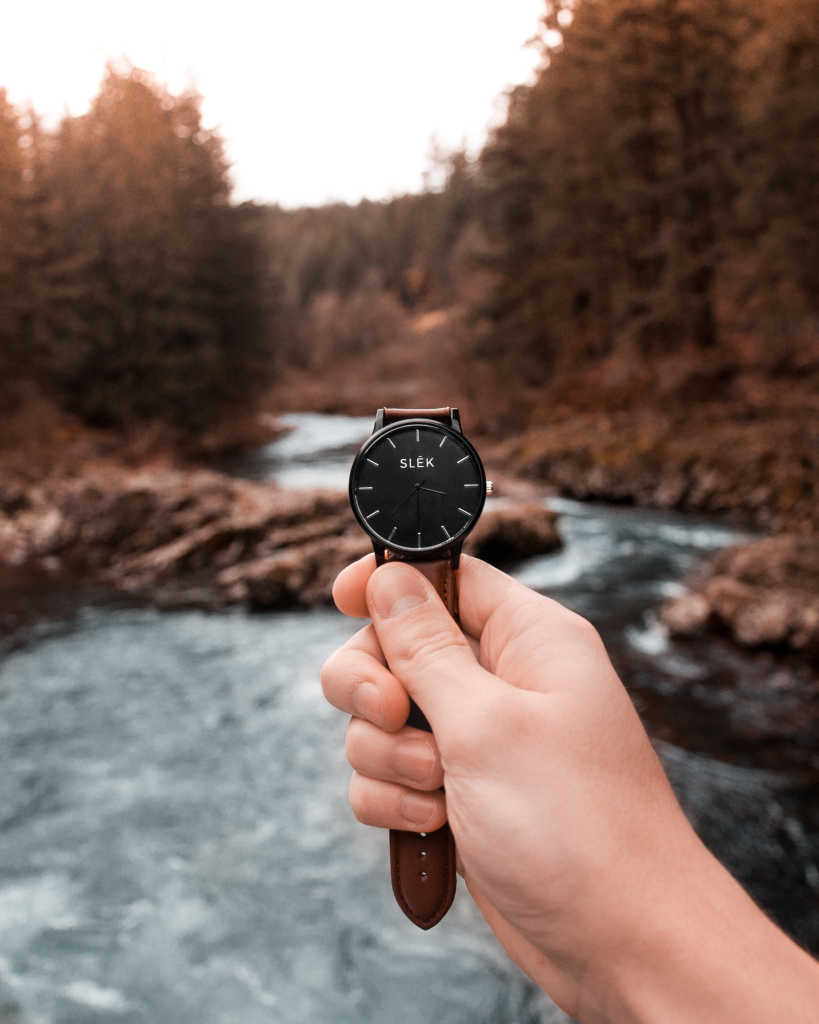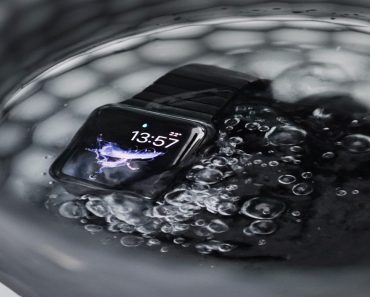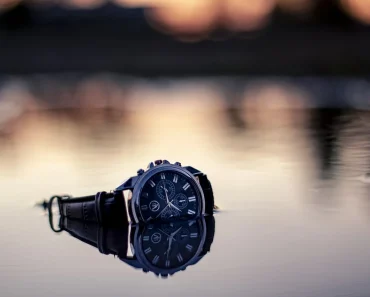As we previously stated, there are a few other reasons that may lead to condensation without you having been anywhere near water with the watch.
Some of the most common cases are from:
Winter Changes
When you remove something very cold from the refrigerator, it begins to warm up after a while, and tiny droplets appear on the body. That is the same thing that happens to your watch when you wear it outside for extended periods of time in the cold.
The steam escapes from inside the watch crystal, causing it to get hot and small droplets to form on the surface as condensation. Some timepieces have a special seal in order to prevent this from happening.
Wrong Interpretations
Don’t be misled by the water resistance grade on your watchmaker’s sticker; it may be perfectly valid, but people misinterpret it. Some use a 50m-rated watch to go swimming or pull on a 30m-rated timepiece when it’s raining.
The fact that the watch kept functioning despite having no waterproofing is proof that it has some water resistance, but it is not waterproof. Understand the water-resistance ratings on your watch and what they mean, and you may never have to deal with this type of condensation problem again.

Water Usage
A seal breaking while pressing the buttons on a genuine water-resistant watch underwater can cause damage.
In its previous shape, the watch was keeping moisture out. When you press a button, the depressed portion of the timepiece creates a tiny hole that allows little droplets to enter. The moisture gets trapped and builds up in the watch, causing the droplets to grow hotter inside it on the glass.
Crown Control
Furthermore, like the case of water usage in the previous paragraph, not properly securing the watch crown before going near water is a disaster in the making. Even if the watch is rated for 1000m of water resistance, pulling the crown opens up the defences.
Hot Showers
Hot showers, like the one in the winter example, produce condensation as well.
The inner watch face is kept at a consistent temperature by being sealed shut. The air within the watch is heated when you shower with hot water. When this air reaches body temperature, it forms droplets rather than reverting to normal. Now you must take off your watch to repair it.

Lack of water resistance
This goes without saying. Do not put your watch underwater if it does not have water resistance capabilities. It’s never been done before, has it?
Crack On Watch
It’s possible that a tiny fracture on your watch may allow moisture in and cause condensation on the watch surface.


